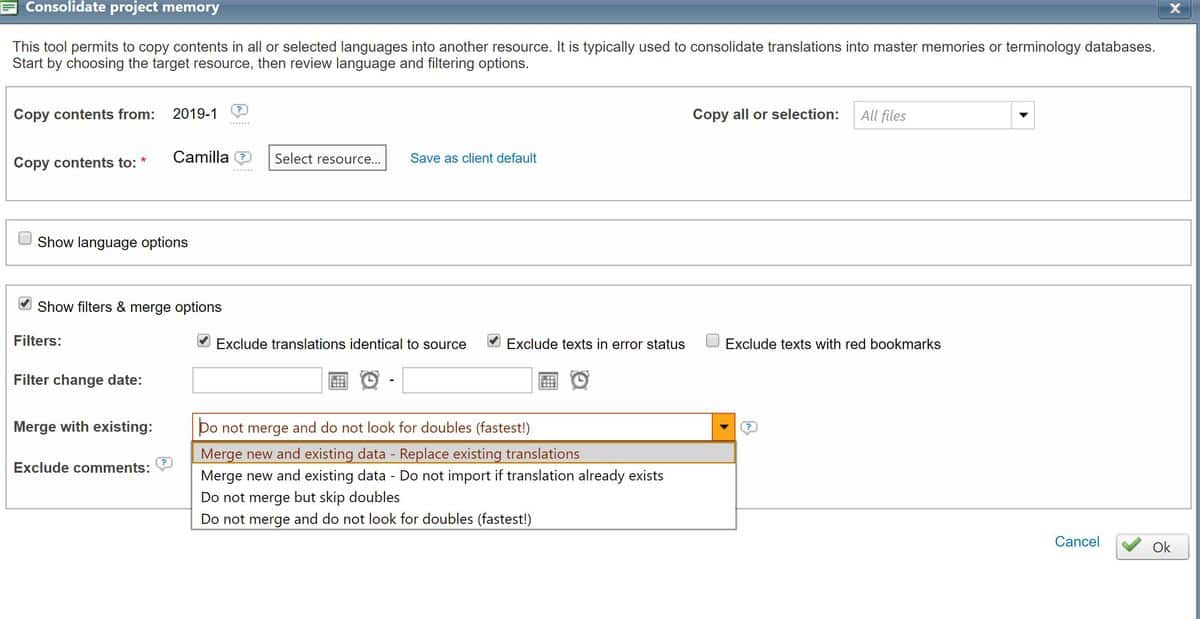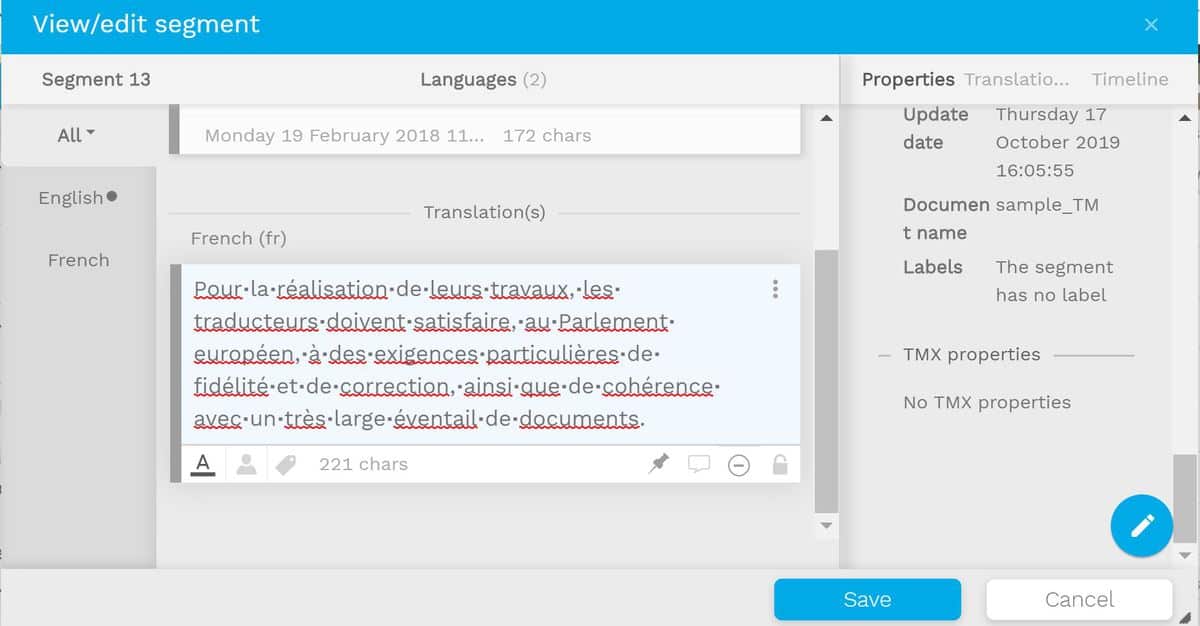Do You Know How to KonMari Your Translation Memories?
Wordbee Translator is a translation management and linguistic tooling system. We have developed special features for customers in enterprise sectors like retail, life sciences, gaming, tech, and media. Our customers translate millions of words every year with Wordbee, and 10,000 translators login to our system every week. Contact us for more information.
If you’ve heard of Dale Carnagie, you’ve probably also heard of Marie Kondo, the Japanese organizing consultant and author of four books on how to organize your life (and everybody else’s). Her success can be attributed mainly to the Netflix series Tidying Up with Marie Kondo. Her method, called KonMari, consists of gathering together all your things, one category at a time, and keeping only those that “spark joy”.
We have already written about the importance of data, of collecting and putting it to good use and make your business processes more efficient. We also wrote about the essential KPIs for translation. Now, inspired by Marie Kondo and her method, we want to challenge you to take care of some of the data that is most precious to you - translation memories (TM).
Be honest: How often do you prune your translation memories? How deep? And is this really a time-consuming, tiresome task that brings nothing in return?
Well begun is half done
The very first step to tidy your TMs up is to refine or even add metadata. The metadata of a TM is the information - both at a general and at segment level - related to customer, project, project date, specialist domain, as well as the name of the translator and any other useful comments.
All this will come in handy when filtering the TMs to correct or delete obsolete segments. Segments last used or accessed before a certain date (e.g. 5 years) should be expunged from your TMs, because they might be either old-fashioned or contain (terminology) error.
Too much of a good thing
Cleaning TMs is crucial when different translators work on the same project for the same customer or, more in general, when you harvest TMs from other sources.
Over time, if left untreated, your TMs can turn into a junkyard, with terminological variants, duplicate segments, empty, broken or incomplete segments, and even errors; they can impact the correctness and consistency of future projects and, ultimately, the quality of your service.
Project and master
Do you check and clean your TMs after closing a project? This is particularly important - and useful - if you work with a project and a master memory.
A project memory is basically a subset of a master translation memory, created ad hoc for a specific job. At the end of a translation job, you can add the project memory to the master memory. But to avoid throwing trash in it, you need to select only the segments in the project memory that are 100% relevant to the domain/client.
It is useful to select or exclude the segments associated with certain categories; for example, you could exclude segments with error status, comments or specific labels.
You may also decide whether to merge data and replace existing translations with new ones, whether to merge data but skip doubles or keep every single segment, even the ones with a different translation.
Running an automated QA check at the end of a project also contributes to a higher quality of your TMs by allowing you to delete double spaces, correct inconsistency, wrong numbers/date formats, terminology and tags, as well as identify empty segments.

Consolidating project memories in Wordbee Translator.
Cleaning up on the fly
During a job, your in-house translator/reviewer might become aware of incorrect or obsolete translation segments. Although interrupting the translation flow is not the ideal solution, if authorized, your in-house translator/reviewer could quickly edit the segments in question.

Editing segments on the fly in Wordbee’s CAT Editor.
Any joy sparked so far?
Cleaning TMs can be boring, sometimes even tedious. It might not spark the same joy as that you feel while KonMari-ing your house, but it will definitely help prevent errors, increase productivity, and, most importantly, reduce translation costs.
Is this interesting?
Subscribe to get interesting localization podcasts, discussion panels, and articles every month.
















